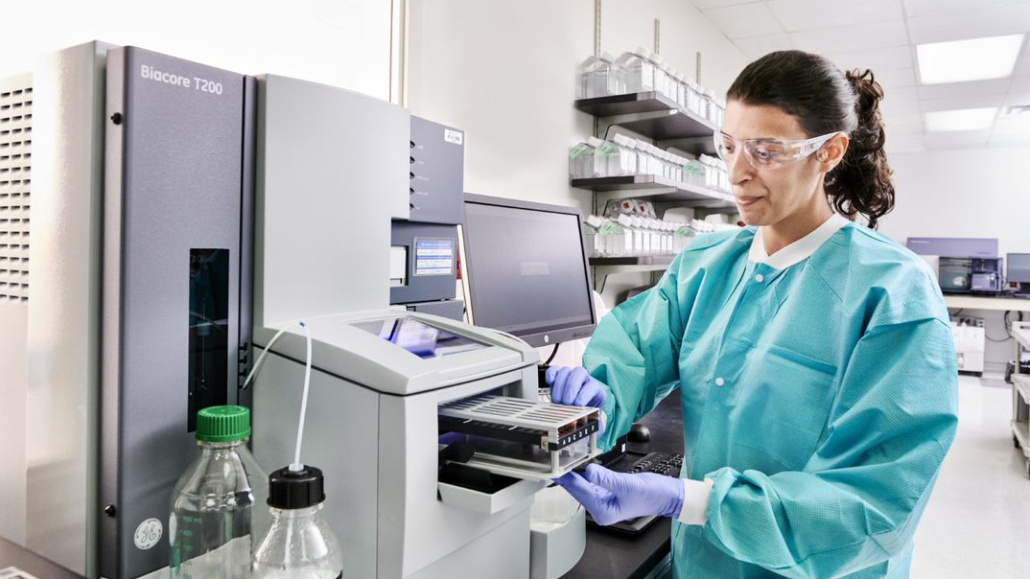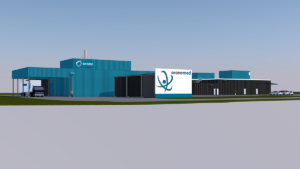
Defining the bioprocess is early quality control
As the process determines the product, product characteristics of biological drugs need to be analysed thoroughly right from the beginning of the drug development process. Early understanding of structure-function relationships, aggregation, microheterogenicity, and glycosylation, and more, helps minimise development risks.
Developers of small molecule pharmaceuticals perform a battery of analytical tests before early clinical trials. These tests fulfil the regulatory requirements of the pharmacopoeia and are done in a standardised method. With small molecule drugs, the testing of the final product is relied upon.
In today’s complex world of biologics, however, success demands a completely different approach, as the process and the product define the drug and a more orthogonal approach to analytics is required.
What makes biologics different?
The intricacies of biological manufacturing, the large size and complex structure of the molecules, as well as the final product microheterogeneity introduced by cellular expression systems present significant challenges to measuring the quality of a biologic drug. During the early phase of drug development, much about the drug’s quality attributes are unknown and must be established empirically by physical, structural, and functional analysis. Established testing procedures can confirm core properties, such as identity, peptide sequence, and molecular mass. However, newer, high-resolution analytical techniques can answer questions regarding product heterogeneity with respect to charge, size, glycan structure, and post-translational modifications.
Additionally, measuring the biological potency of a drug, such as a monoclonal antibody, is difficult. This is particularly true at the very early stages of drug development, where there may be little, or no bio-analytical methods developed to specifically measure a novel biological drug’s activity. In-depth knowledge of a product’s chemistry, structure, and biological activities facilitates easier process design and helps to ensure that the drug attains critical product safety, purity, and potency parameters.
Risk mitigation strategies
A key priority is understanding the relationship between the basic physicochemical profile and biological activity and how this relationship affects clinical performance, thus enabling a developer to make informed decisions that accelerate development and reduce risk throughout the product’s life cycle.
Understanding how clone selection, media, the manufacturing process, and its scale-up affect critical quality parameters of monoclonal antibodies and the level of heterogeneity that can be accepted to guarantee certain product attributes is also crucial to project success. Merck has summarised the crucial steps in product characterisation of biologics in a white paper. One can download the full white paper,
Early Product Characterization Mitigates Risks in Biologics Development from Merck’s Knowledge Centre at: merckmillipore.com/your-pc-partner.
This article was published in the European Biotechnology News Magazine Summer Edition 2020.


 Orano Med SA
Orano Med SA fvm.dk
fvm.dk Office of Congresswoman Ayanna Pressley - https://pressley.house.gov/press-kit/
Office of Congresswoman Ayanna Pressley - https://pressley.house.gov/press-kit/